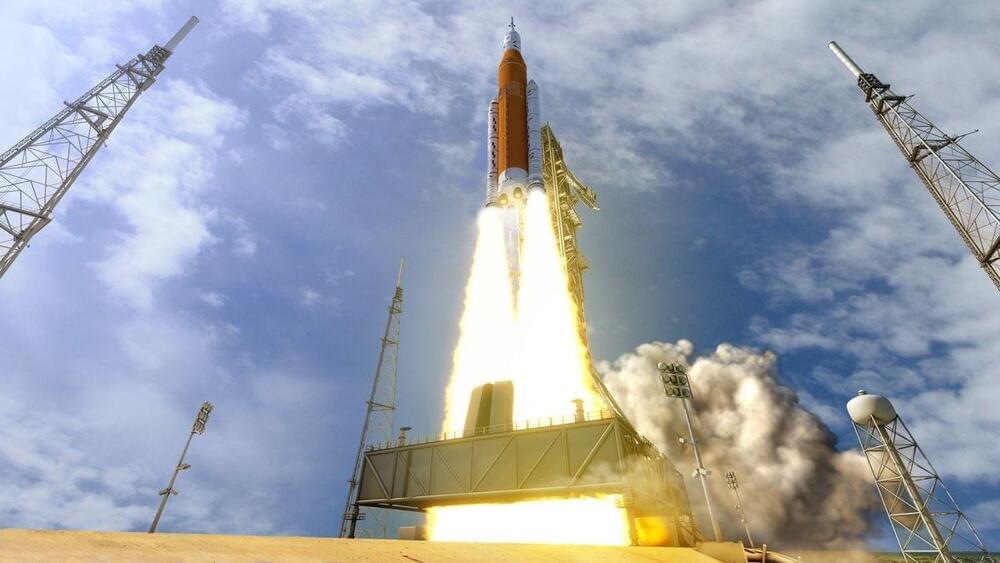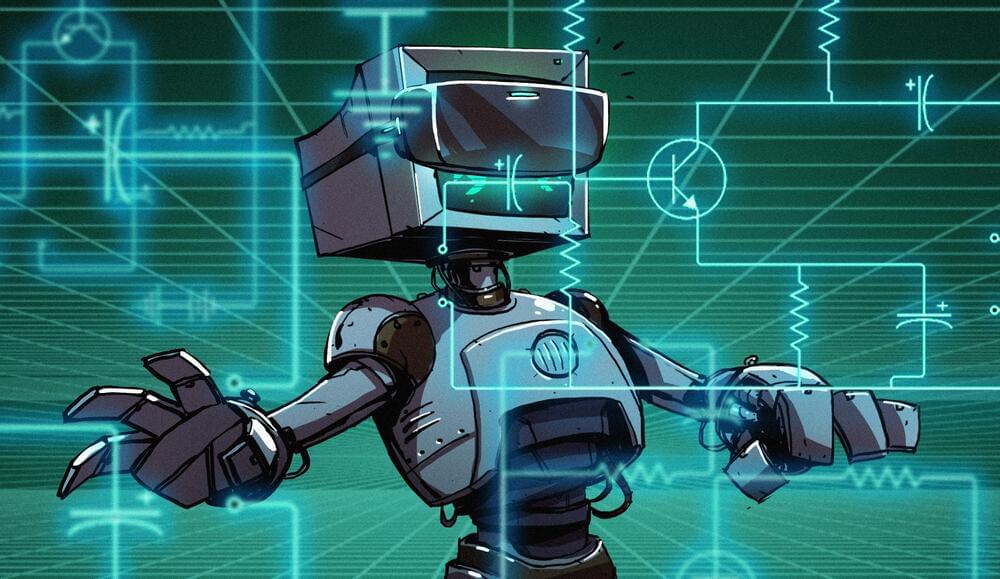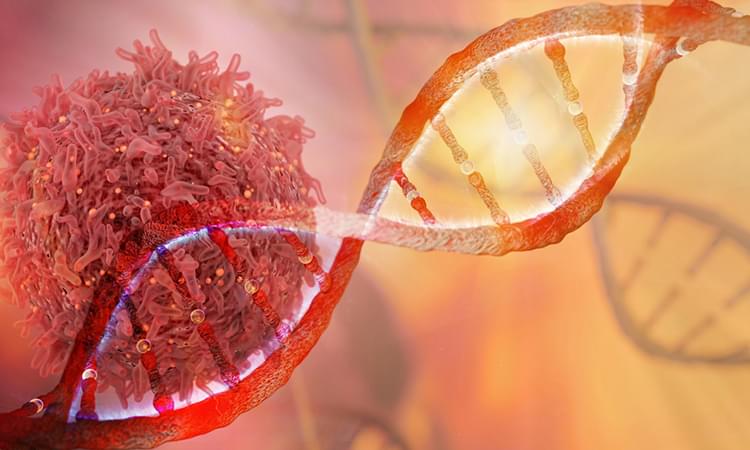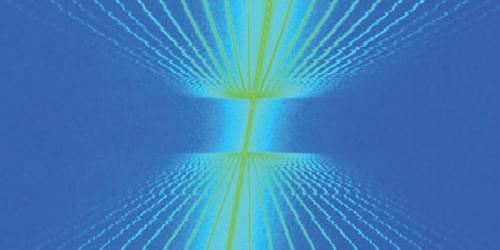Twitter has confirmed a recent data breach was caused by a now-patched zero-day vulnerability used to link email addresses and phone numbers to users’ accounts, allowing a threat actor to compile a list of 5.4 million user account profiles.
Last month, BleepingComputer spoke to a threat actor who said that they were able to create a list of 5.4 million Twitter account profiles using a vulnerability on the social media site.
This vulnerability allowed anyone to submit an email address or phone number, verify if it was associated with a Twitter account, and retrieve the associated account ID. The threat actor then used this ID to scrape the public information for the account.







